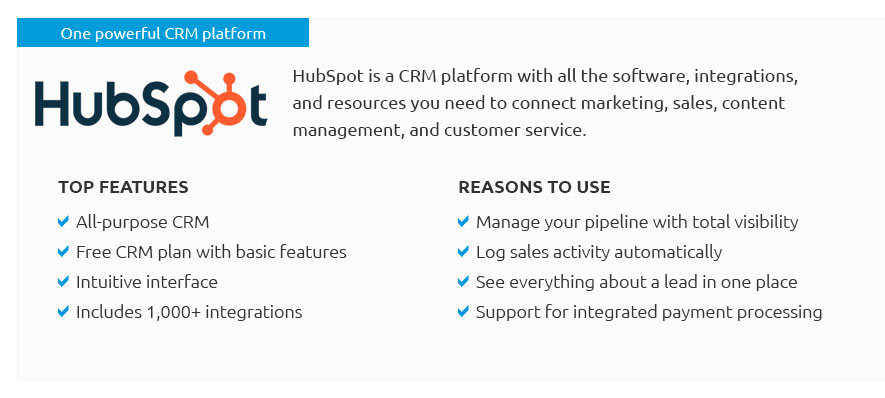 |
 |
 |
 |
 |
|
 |
|
 |
|
 |
|
 |
|
 |
|
 |
 |
Understanding Network Schedule Project ManagementNetwork schedule project management, a cornerstone of effective project execution, is often viewed as both an art and a science, requiring a deft hand to balance numerous moving parts with precision and insight. This approach emphasizes the importance of visualizing tasks as interconnected components, underscoring the need for meticulous planning and execution in achieving project success. At its core, network scheduling involves the development of a project timeline that maps out each task and its dependencies, enabling project managers to identify critical paths and potential bottlenecks. One might argue that the true beauty of network schedule management lies in its ability to provide clarity and foresight. By leveraging tools such as the Critical Path Method (CPM) and Program Evaluation and Review Technique (PERT), project managers can gain a comprehensive understanding of the sequence and duration of tasks, which is crucial for informed decision-making. These methodologies offer a structured framework that not only facilitates the identification of tasks that are critical to project completion but also highlights those with built-in flexibility, allowing managers to allocate resources more effectively and adapt to changes with agility. While some may perceive network scheduling as a complex and daunting endeavor, others view it as an essential instrument that can transform the way projects are managed. To maximize its benefits, it is imperative for project managers to invest in comprehensive training and to cultivate a keen eye for detail. A well-crafted network schedule serves as a roadmap, guiding teams through the labyrinth of tasks and deadlines while keeping the overarching project goals in sight. Among the myriad considerations in network schedule project management, communication and collaboration stand out as pivotal elements. A network schedule is not a static document; rather, it is a dynamic tool that evolves alongside the project. Therefore, fostering an environment where open dialogue and teamwork are encouraged is crucial for maintaining alignment and ensuring that everyone involved is on the same page. Regular updates and status meetings are invaluable in addressing any deviations from the plan and recalibrating efforts to stay on track.
In conclusion, network schedule project management is a multifaceted discipline that, when executed with diligence and foresight, can significantly enhance a project's likelihood of success. By embracing a structured yet flexible approach, project managers can navigate the complexities of project execution with confidence, ensuring that each task contributes meaningfully to the final objective. As with any endeavor, continuous learning and adaptation are key; staying abreast of industry trends and emerging tools will empower managers to refine their strategies and achieve even greater efficiencies in future projects. https://psu.pb.unizin.org/buildingconstructionmanagement/chapter/network-scheduling/
Network scheduling, sometimes called Critical Path Method (CPM) scheduling, is a detailed method for creating a connected schedule that calculates the schedule ... https://project-management.info/project-schedule-network-diagram/
A project schedule network diagram is an output type of the process 'sequencing activities' according to PMI's Guide to the Project Management Body of ... https://www.wrike.com/project-management-guide/faq/what-is-a-network-diagram-in-project-management/
A project schedule network diagram visualizes the sequential and logical relationship between tasks in a project setting. This visualization relies on the clear ...
|